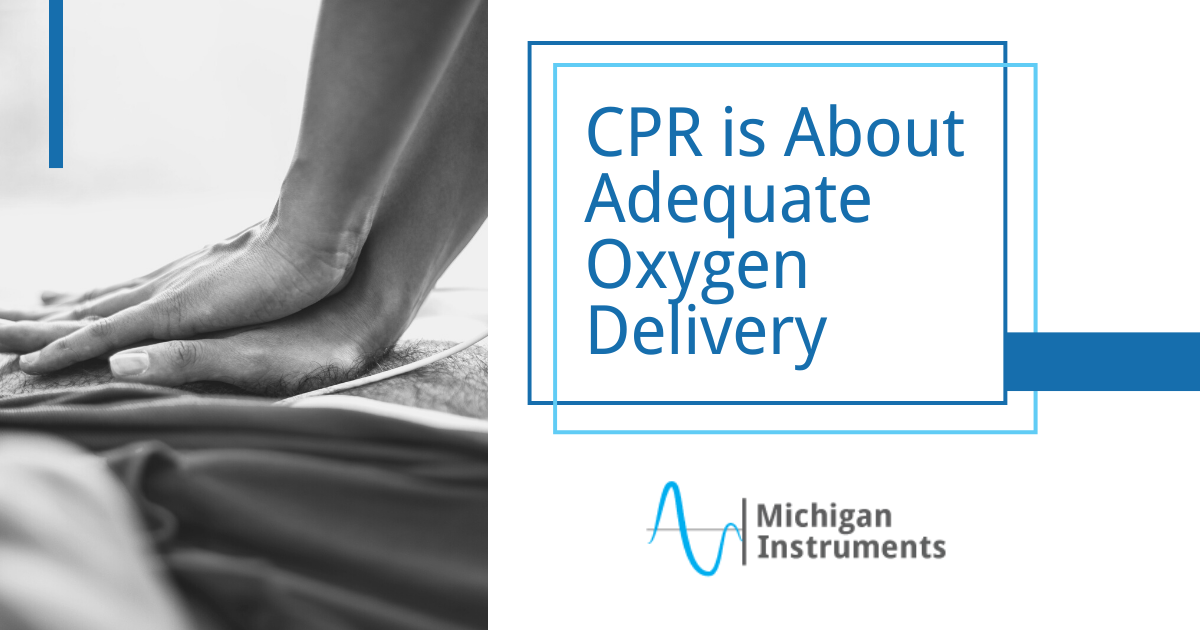Cardiac Arrest Care and CPR Are All About Adequate Oxygen Delivery
Whether it’s performed manually or via a mechanical or automatic CPR machines, the underlying goal of CPR is to deliver oxygenated blood to a patient’s heart, brain, and other vital organs. It’s essential when their heart stops functioning effectively on its own.
When performed properly and on time, CPR can often improve the survival of the patient undergoing cardiac arrest, a condition that arises when the heart unexpectedly stops beating.
AHA’s Ever-Evolving CPR Regulations
Throughout the years, the American Heart Association (AHA) has their CPR guidelines based on research and outcomes. They went from the ABC approach, where the patient’s Airway, then Breathing, and lastly, Circulation were addressed to the CAB approach.
The C-A-B approach changes the order of these steps to Circulation, Airway, and then Breathing. Essentially, it’s reduced the number of breaths necessary but placed a greater and sooner emphasis on quality compressions in the middle of the patient’s chest. A patient can actually go a few minutes without oxygen without brain damage, but they cannot go without blood flow. By focusing on hard chest compressions first, the critical blood gets to vital organs, like the brain, and throughout the patient’s body.
Currently, the AHA believes that in order to perform adequate CPR, the rescuer must do the following:
- Reduce interruptions in chest compressions, consistency is key
- Provide compressions of adequate depth and rate, approximately 2” and 100 to 120 compressions per minute
- Refrain from leaning on the victim between compressions
- Ensure correct hand placement
- Avoid too much ventilation, focusing on compressions over breaths
Early Citizen Response Makes A Difference, Too
In addition to adhering to the AHA’s CPR regulations, rescuers should perform CPR as early as possible. Dr. Freddy Lippert, the CEO of Copenhagen Emergency Medical Services explains how citizen responders in Copenhagen now respond to the homes of cardiac arrest victims and arrive even earlier than emergency responders. Lippert reinforces the fact that the faster patients receive the CPR they need, the greater the chances of resuscitation success and survival.
Immediate CPR is Key
Here at Michigan Instruments, we offer both the Thumper and Life-Stat automatic CPR devices, which can provide consistent CPR and potentially increase the likelihood of a patient’s survival from a cardiac arrest, especially when prolonged CPR is necessary.
While we often discuss the benefits of our automatic CPR devices in the pre-hospital and in-hospital stages, the importance of immediate CPR cannot be overlooked. According to the AHA, immediate CPR can double or triple chances of survival after cardiac arrest.
Contact Michigan Instruments for More Information
For more information on our automated CPR devices, we encourage you to contact us today.
Sources:




